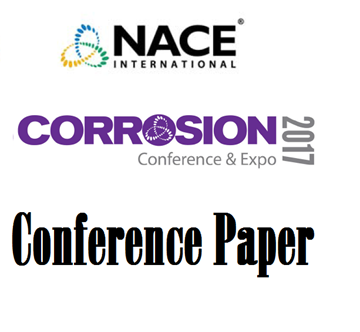Search
09242 A Gas Plant Perspective on Utilizing Risk-Based Inspection Analysis to Improve Mechanical Integrity
Also Purchased
99009 CORROSION RISK ASSESSMENT AND RISK BASED INSPECTION FOR SWEET OIL AND GAS CORROSION - PRACTICAL EXPERIENCE
Product Number:
51300-99009-SG
ISBN:
99009 1999 CP
$20.00
51317--9767-Risk Based Approach to Integrated Asset Corrosion Management in the Oil and Gas Industry
Product Number:
51317--9767-SG
ISBN:
9767 2017 CP
Publication Date:
2017
$20.00
03638 RISK BASED INSPECTION AS PART OF AN OVERALL INSPECTION MANAGEMENT PROGRAM
Product Number:
51300-03638-SG
ISBN:
03638 2003 CP
$20.00




